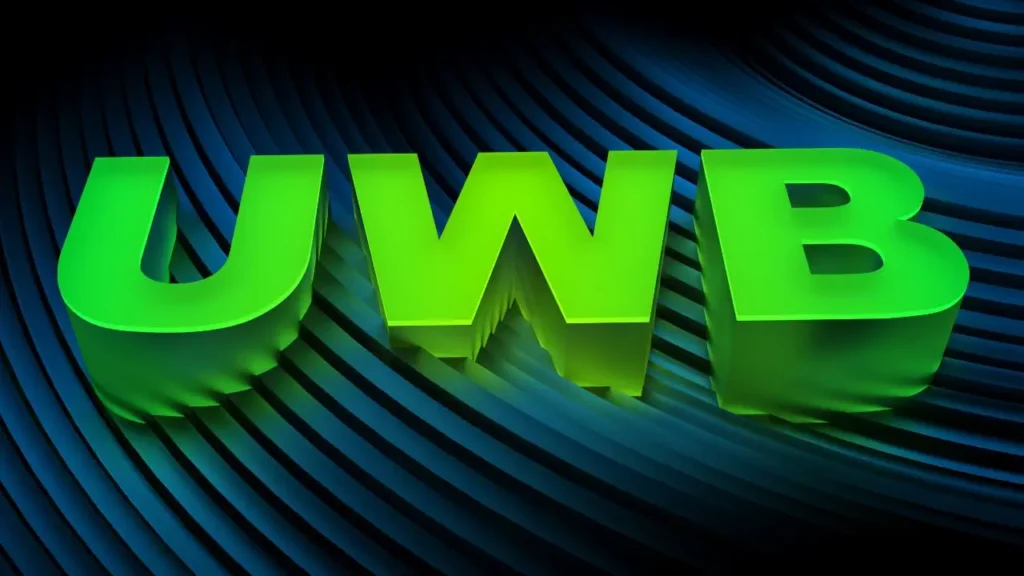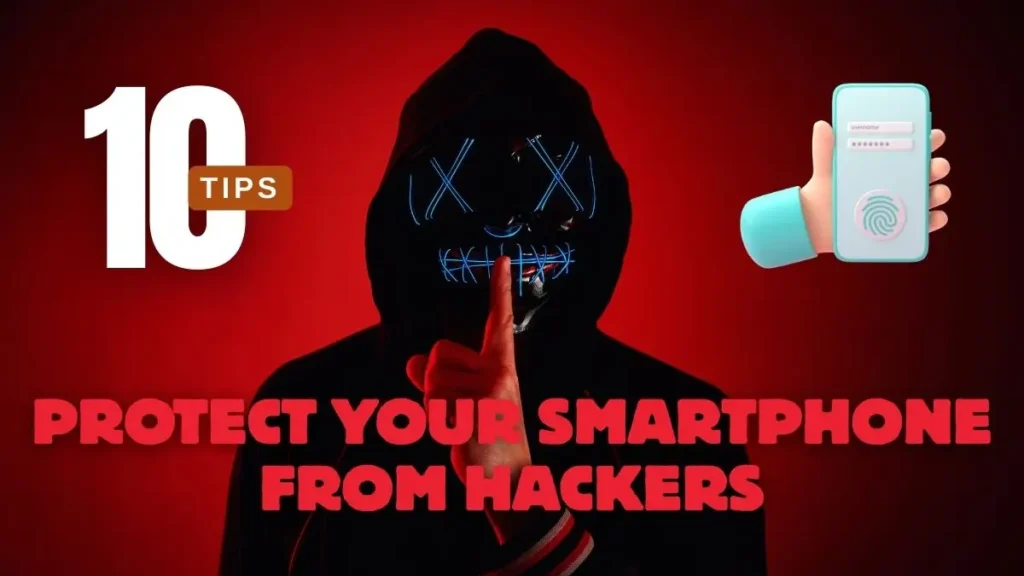As wireless technologies evolve, a new player is rapidly gaining attention: Ultra-Wideband (UWB). Although it’s been around for years in niche applications, UWB is now poised to become a mainstream technology with the potential to revolutionize how devices communicate and locate each other with pinpoint accuracy.
In this article, we’ll explore what UWB is, how it works, and why it matters in 2025 — especially for smartphone users, smart homes, and the growing Internet of Things (IoT).
What is Ultra-Wideband (UWB)?
Ultra-Wideband (UWB) is a short-range wireless communication technology that transmits data across a very wide frequency spectrum — typically more than 500 MHz — at low energy levels. Unlike Bluetooth or Wi-Fi, which use narrow frequency bands, UWB uses a broad spectrum, allowing for:
- Highly accurate spatial and directional data
- Precise location tracking down to centimeters
- Low interference with other wireless signals
How Does UWB Work?
UWB sends out very short pulses of radio energy that spread across a wide range of frequencies. These pulses enable devices to measure the time it takes for signals to travel between them with extreme precision. This technique, called Time of Flight (ToF), allows UWB to calculate:
- The exact distance between devices
- The relative position and direction
Because of this accuracy, UWB is ideal for applications where knowing the exact location or proximity matters.
Why UWB Matters in 2025
1. Precise Device Tracking
UWB can track devices with centimeter-level accuracy, making it invaluable for:
- Smartphones: Find your phone, keys, or other tagged items quickly. Apple’s AirTag uses UWB for precise item tracking.
- Automotive: Enables keyless entry systems that work only when the key fob is very close, enhancing security.
- Smart Homes: Automate lights, locks, and appliances based on your location inside the house.
2. Improved Wireless Communication
UWB supports high-bandwidth, low-latency communication for close-range devices. This improves:
- File transfers: Quick and reliable data sharing between devices.
- Augmented Reality (AR) & Virtual Reality (VR): Precise spatial tracking to enhance immersive experiences.
- Secure Transactions: UWB can be used for contactless payments with enhanced security due to location verification.
3. Enhanced Security
Unlike Bluetooth or Wi-Fi, UWB signals are harder to intercept or jam because of their low power and wide spectrum. This makes UWB ideal for applications requiring secure communication, such as:
- Secure vehicle access
- Contactless payments
- Access control in workplaces
UWB vs Other Wireless Technologies
| Technology | Range | Accuracy | Power Consumption | Use Cases |
|---|---|---|---|---|
| Bluetooth | Up to 100m | ~1-5 meters | Low | Audio, peripherals, tracking |
| Wi-Fi | Up to 100m | Meter-level | Medium | Internet access, streaming |
| UWB | Up to 30m | Centimeter-level | Very Low | Precise tracking, secure access |
Devices Supporting UWB in 2025
Many flagship smartphones and smart devices now include UWB chips, including:
- Apple iPhone 15 and later models
- Samsung Galaxy S23 Ultra and newer
- Google Pixel 8 Pro
- Smart home hubs and smart tags
How Will UWB Impact Your Life?
- Never lose your valuables again: Attach UWB trackers to keys, wallets, and pets.
- Smarter, safer homes: Automate home devices based on your location with pinpoint accuracy.
- Enhanced car security: Only allow your car to start when the key is physically close.
- Better AR/VR experiences: UWB enables realistic, lag-free spatial awareness for immersive apps.
Challenges and Future Prospects
While UWB offers exciting possibilities, there are challenges:
- Limited range: UWB works best at short distances, so it’s not a replacement for Wi-Fi or cellular.
- Adoption: UWB requires device manufacturers and ecosystem support to become widespread.
- Interoperability: Different manufacturers need standardized protocols for seamless operation.
However, ongoing development and growing adoption in smartphones, cars, and smart homes suggest UWB will play a significant role in the wireless landscape of the future.
Conclusion
Ultra-Wideband (UWB) is more than just another wireless technology. Its ability to provide highly accurate spatial data, secure communication, and efficient short-range connectivity makes it a game-changer in 2025 and beyond. Whether it’s finding lost items, enhancing smart home automation, or enabling next-level AR experiences, UWB is set to transform how we interact with technology daily.
If you’re shopping for a new device this year, consider one with UWB support — it’s a glimpse into the future of seamless, smart connectivity.
Related Articles
- Samsung Galaxy S23 Ultra vs iPhone 15 Pro Max: Ultimate Comparison in 2025
- Top 10 Smartphones with the Best Battery Life in 2025 | Long-Lasting Battery Phones
- 5G vs 6G: Key Differences, Timeline & What to Expect by 2030
- How to Protect Your Smartphone from Hackers in 2025
- How to Create Passive Income: 30 Passive Income Ideas to Build Wealth



